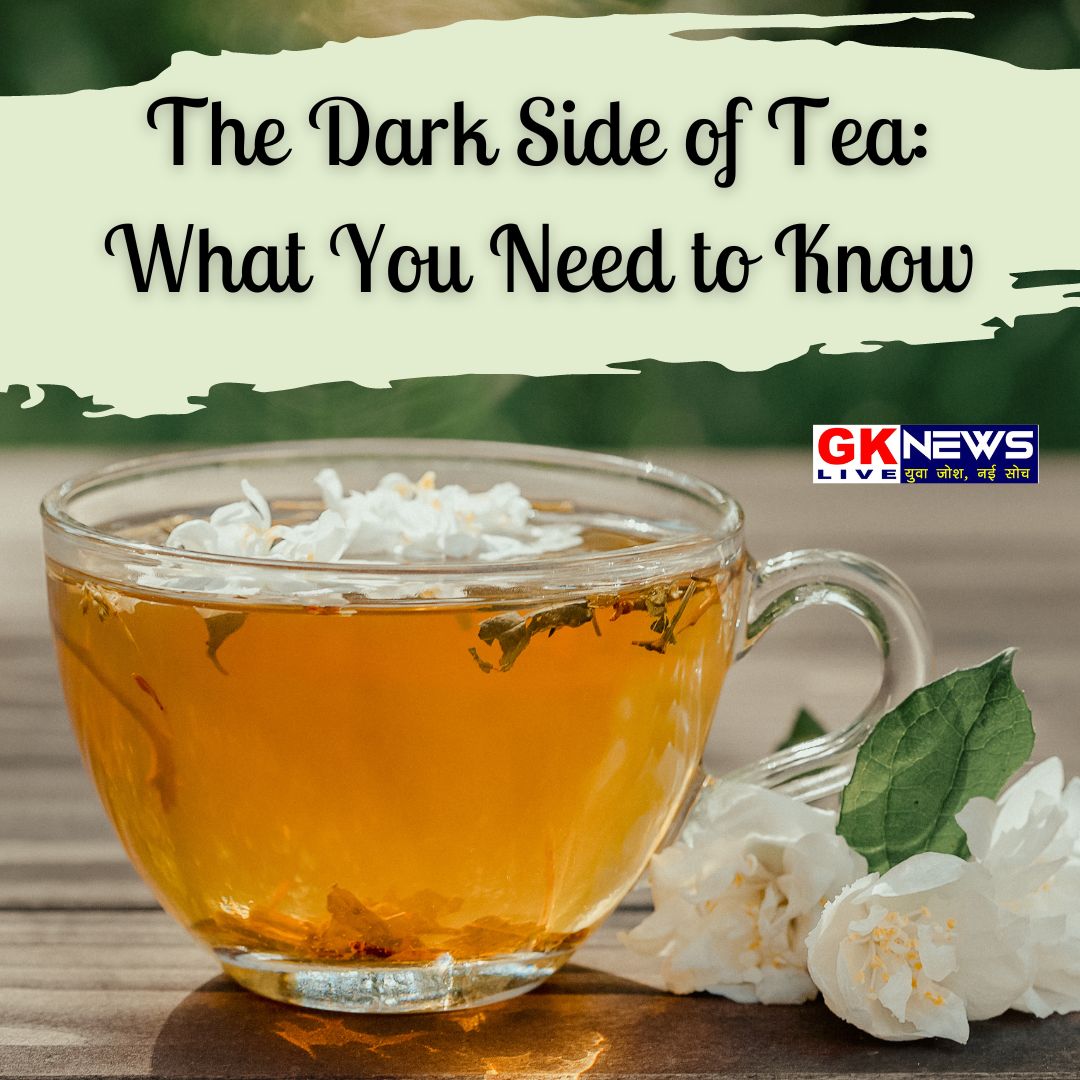Tea Good or Bad: Tea can be a healthy delight, rich in antioxidants and soothing benefits, but excessive consumption or added sugars can turn it harmful. Its production process can also hide dark secrets of labor exploitation and environmental degradation. Ultimately, tea’s goodness depends on mindful consumption and responsible sourcing. Tea can be both good and bad, depending on various factors. Here’s a balanced view:
Good:
1. Antioxidants: Tea, especially green tea, is rich in antioxidants, which help protect against cell damage and reduce cancer risk.
2. Heart Health: Regular tea consumption may lower cholesterol levels and blood pressure.
3. Brain Health: Tea contains L-theanine, an amino acid that promotes relaxation, focus, and mental clarity.
4. Anti-Inflammatory: Tea’s polyphenols may reduce inflammation, potentially alleviating symptoms of arthritis and other conditions.
5. Cultural Significance: Tea brings people together, fostering social connections and mindfulness.
Bad:
1. Excessive Caffeine: Too much tea can lead to caffeine overload, causing jitters, anxiety, and insomnia.
2. Staining Teeth: Tea’s tannins can stain teeth if good oral hygiene practices aren’t followed.
3. Interference with Medication: Catechins in tea may interact with certain medications, such as blood thinners.
4. Additives and Sugar: Added sugars, cream, or syrup can greatly increase calorie intake.
5. Contamination Risks: Tea may contain contaminants like lead, pesticides, or heavy metals, depending on sourcing and production.
To reap tea’s benefits, consider:
– Drinking moderate amounts (2-3 cups/day)
– Choosing loose-leaf or high-quality tea bags
– Avoiding excessive sugar and cream
– Being mindful of potential interactions with medications

